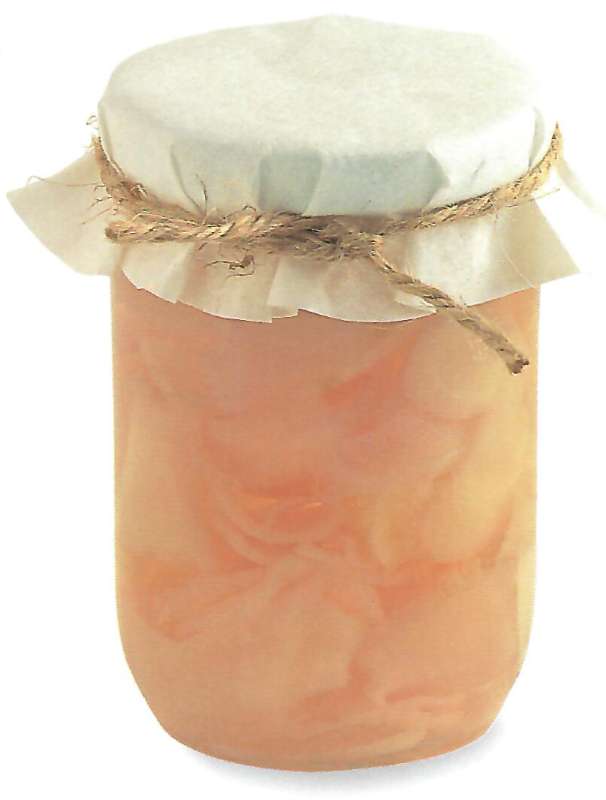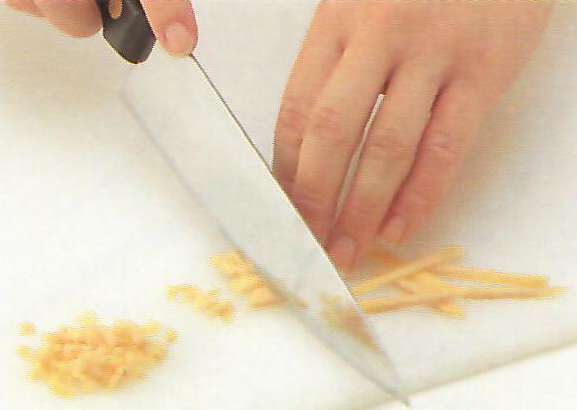Preparing Root Ginger
Mandarin: Jiang; Cantonese: Geung; Thai: Khing; Japanese: Shoga.
Ginger is believed to be indigenous to the tropical jungles of South-east Asia, and was introduced into China by way of India more than two thousand years ago. The portion of the plant popularly called root ginger is actually a rhizome or underground stem.
The colour ranges from pale pink (when very young) to a golden beige, with a dry, papery skin. Ginger is highly valued throughout Asia, not only as an aromatic, but also for its medicinal properties. It is believed to aid digestion, check coughs and quell nausea.

Aroma and flavour
Fresh root ginger (green ginger) has a refreshing scent, reminiscent of citrus, and a pleasant, sharp flavour. Young ginger is tender and mild enough to be stir-fried as a vegetable, while older roots become fibrous and more pungent. Root ginger is available dried, but tastes quite different from fresh. It is used mainly as a pickling spice and Asian cooks would not consider it an acceptable substitute for the fresh root. Ground ginger tastes different again; in Asia its use is limited to mixing with other ground spices such as when making curry powder.
Culinary uses
Root ginger is an indispensable ingredient in Eastern cooking. In China, it is usually paired with spring onions to create a harmonious yin-yang balance in a wide variety of dishes; the cool spring onion providing the yin and the hot ginger the yang. Together they complement (and sometimes tame) the dominant flavours of certain meats and seafood.
Ginger is also used on its own to cut the oily flavour of some cooking oils and marinades. In Thailand, sticks of young ginger are often served as dippers with a spicy sauce, while Indonesians make a wonderful sambal by grinding chillies, shallots and garlic with ginger, and stirring in sugar, salt and rice vinegar.

Pickled ginger also plays an important role in oriental cooking. It can be served solo as a side dish, or combined with other ingredients such as beef or duck. One of the most popular items on a Chinese restaurant menu is duck with pickled ginger and pineapple. Chinese pickled ginger is packed in sweetened rice vinegar, and is quite hot. Japanese pickled ginger has a more delicate flavour. The pale pink type called gari is always served with sushi or sashimi to refresh the palate between mouthfuls.
Preparing root ginger
 |  |  |  |
- Thinly peel the skin using a sharp knife or vegetable peeler.
- Grate the peeled root finely.
- Alternatively, cut thin slices of ginger into matchstick strips, or coarsely chop the strips.
- Bruise the root for use in dishes where the ginger will be removed.
Storage
It used to be difficult to get really fresh, juicy root ginger in the shops, but it is now readily available. Look for firm pieces with smooth skin. If bought really fresh, root ginger will keep well for up to two weeks in a cool, dry place, away from strong light. Root ginger can also be frozen. It can be grated straight from the freezer and will thaw on contact with hot food.